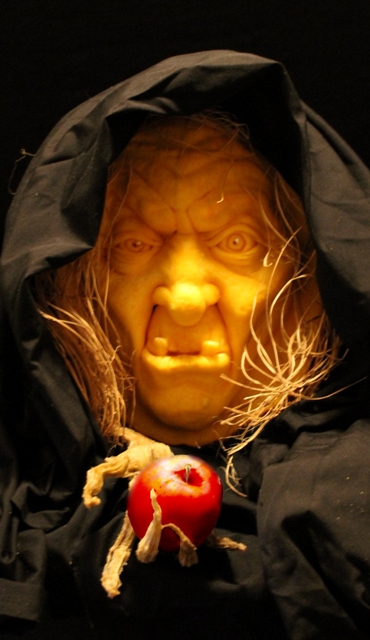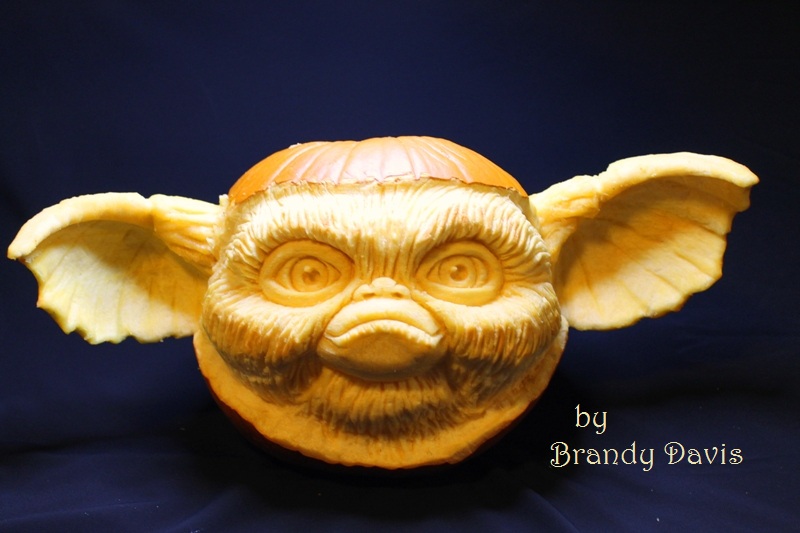Now you are probably wondering, “Why in the world would I want to make my painting/drawing look out of focus?”
Although squinting can make your subject a bit more blurry, it can also help you to see greater definition of values and shapes (Don’t worry, it wont look as extreme as the example above.). If you have trouble with contrast in your drawings/paintings then this tip will be especially helpful.
(And just as a reminder, you do not need to, and should not squint the whole time you are drawing/painting. It may put too much strain on your eyes. Have you ever heard the saying, “If you make that silly face for too long it will stay stuck like that forever”…? Well, the same applies to that blurriness you’ll see when squinting, except this time it’s true. 😉 Squinting every now and again while drawing/painting to do a value-check is all you’ll need.)
This is more-or-less what you can expect when using this technique:

The photo on the left is what most eyes perceive normally. The photo on the right is what you can expect to see when squinting at a subject. Mostly lights, darks, and shapes. Everything else blurs together. But this is the effect you want.
Although I have demonstrated a black and white portrait here to emphasize effects of this technique, this technique will work on any subject/colors of your choosing.
My high school art teacher always used to tell us, “Use the darkest darks, and the lightest lights” (referring to shadows and highlights). But it is hard to do that if your eye cannot perceive values correctly. Now how does squinting help with that?
I often liken squinting to a camera’s aperture. The aperture is a measure of how wide the lens opens as you are taking a photo, while the shutter speed determines how long the shutter stays open. Both work together to determine how much light reaches the camera’s sensor. Too much or too little of each can greatly affect your photo’s exposure. For instance, if you are taking a photo of a person in daylight and you leave the shutter open for too long and the lens is open too wide (aperture), too much light enters in and the result is an overexposed photo:
But setting the camera’s aperture to be somewhat closed (squinting?…) with the correct shutter speed can let the right amount of light in, resulting in a photo that is correctly exposed:
I believe the eye works the same way – leaving your eyelids wide open lets an abundance of light in (and for good reason ;-)). Try going outside on a sunny day and look straight up into a clear blue sky – our automatic response is to squint – our pupil dilates and our eyelids partially close while adjusting our retina’s exposure to the sun. However, that wonderful feature that serves as an excellent survival tool also slightly distorts our perception of color contrast and values when we are trying to create a work of art. Your eye can somewhat fool you into thinking you are seeing true lights and darks, when in reality it is only neutralizing color values to protect our eyes from overexposure.
So next time you are drawing or painting, every now and again take a look at your subject and squint. You’ll notice the shadows get darker and the highlights get lighter, which as a bonus can lead to more defined shapes. Then every now and again take a look at what you are drawing/painting and squint – are you lights and darks matching up to your subject? If not, don’t be afraid to make some adjustments. As I said above, artwork with great color/value contrast is very visually appealing – it sometimes makes the difference between a good work of art, and a great work of art.
Happy Painting! 🙂



























